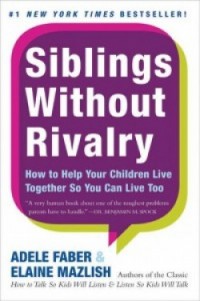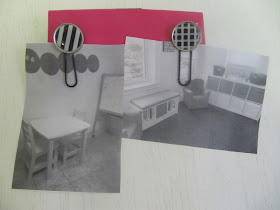So simple and so catchy. These five little words of encouragement are written on posters I have seen hundreds of times, but never thought to use with my children. Now I am, and it's working wonders.
Keep calm and carry on speaks to our oldest daughter who frustrates easily. If she can't do something with relative ease, a full blown meltdown will ensue.
Of course this chart only works if its used preemptively. Whenever we anticipate that she is engaged in an activity that could be frustrating to her, we remind her that if she keeps calm and carries on, she will get the work done and get a sticker.
This notion ties into the work ethic we would like to instill in our children. If we can teach our kids to be resilient and take pride in their work, they can accomplish anything.
In her book, Raising Life Long Learners (mentioned in my last post, clearly I'm a fan) Lucy Calkins warns parents of telling their kids that if they work hard they will "end up with a good job, a good house, a good life." She explains that the message we are sending is that "hard work pays off in the long run; "it isn't fun,but its worth it." Not very motivating. On the contrary we should be showing our kids that we value hard work and there is pride to take in our efforts. Unfortunately, "our children are growing up in a culture that values leisure and self-indulgence."
To accomplish this Calkins suggests giving kids project chores.For example, when purchasing a pet, have the child read about different breeds, talk to pet owners and shopkeepers to turn this family decision into a project they can take ownership of.
Since my girls are still so young, we will start with what Calkins calls "citizenship chores". The most important part about these chores is not that they do them well but that they do them with the right attitude. They should feel proud of themselves for helping their community.
We are starting with helping the community stay clean. We have been pointing out and picking up some litter when we walk outside and now helping my girls become more enthusiastic about keeping their own home clean.
I printed out pictures of what their mealtime table and play room should look like:
After meal time we will check in with our kitchen picture and see if the girls can make the table look like it does in the picture
At noon and then again before bed, we will check in with our toy room picture
This is the printed out chart. Once the area is cleaned, they turn over the picture. My next step is to make a chart for each girl with a picture of their smiling face glued to the back, so they can see their happy face when they accomplish their task.
Again the goal is not perfection, but the fun in trying to get the rooms to match the picture and being proud of what they accomplished.



.JPG)
.JPG)
.JPG)
.JPG)
.JPG)
.JPG)
.JPG)
.JPG)

.JPG)































